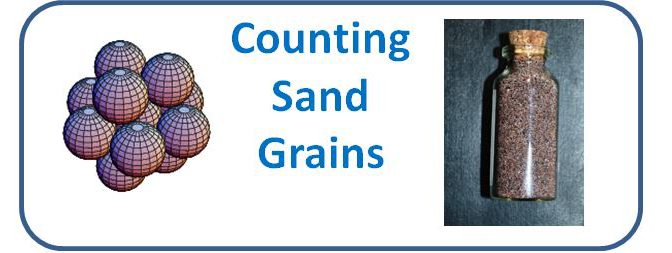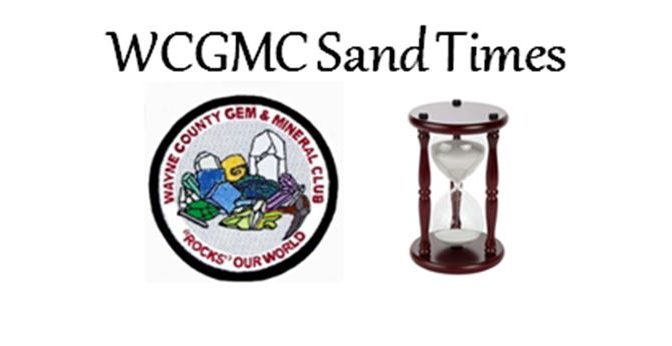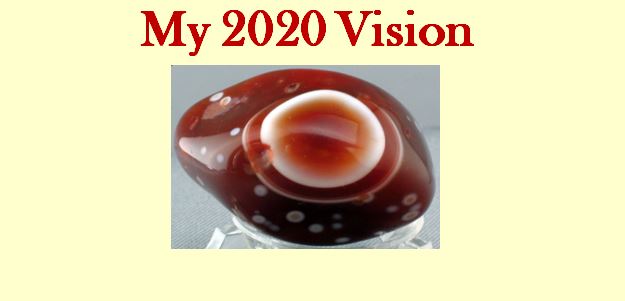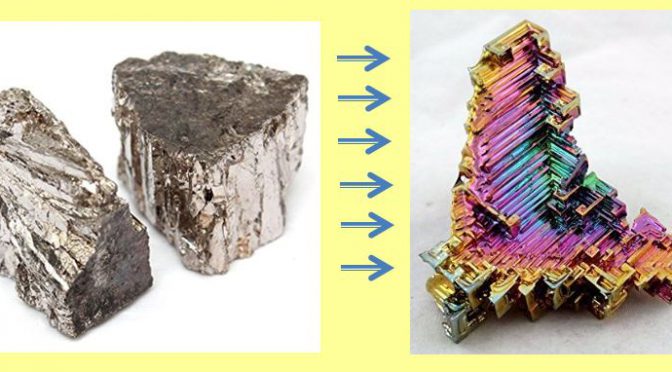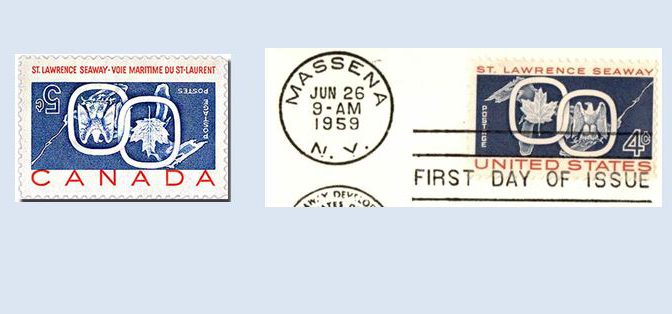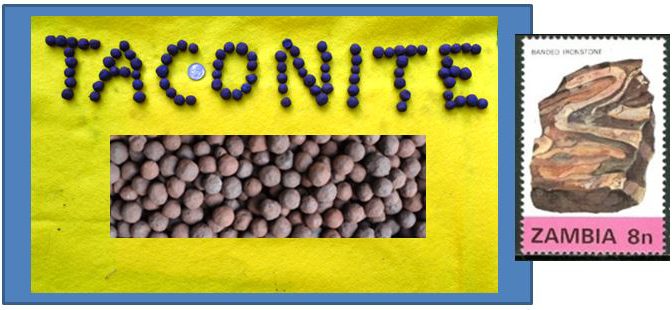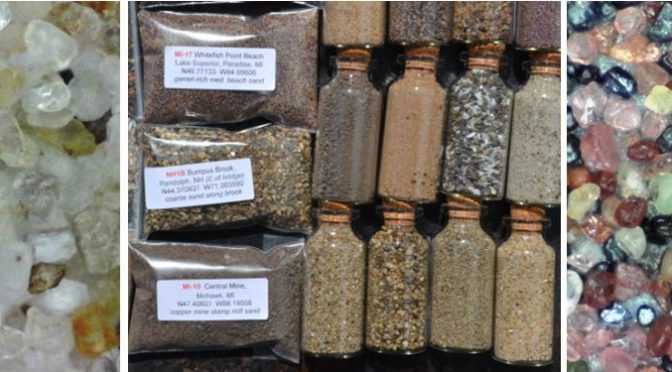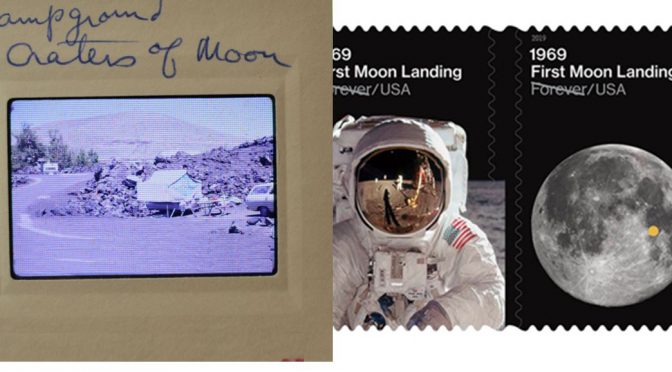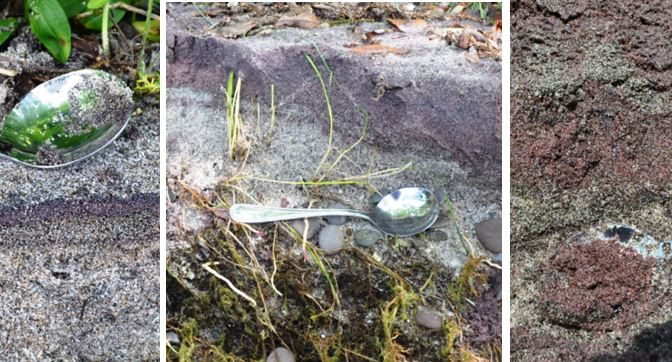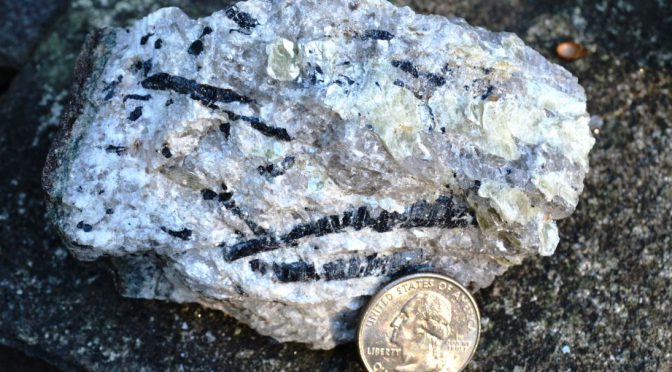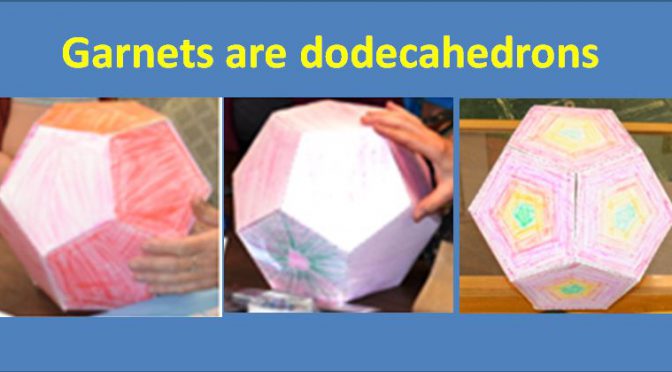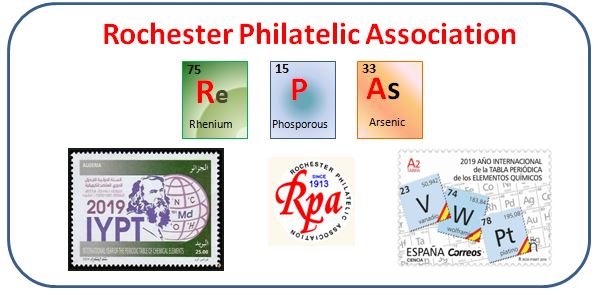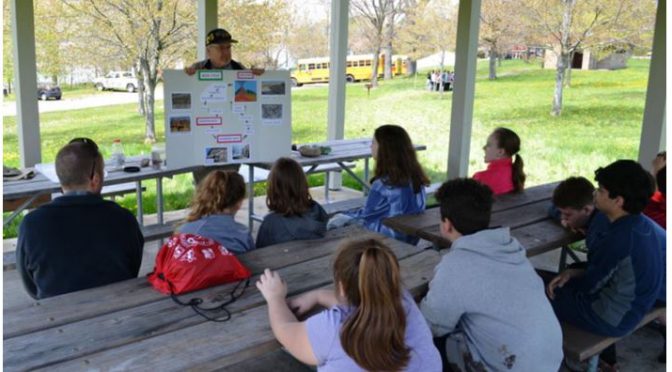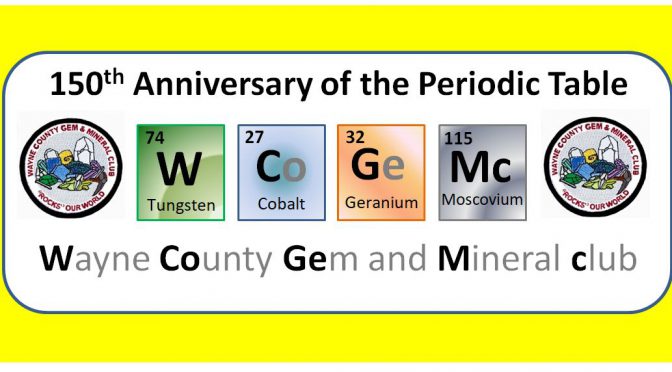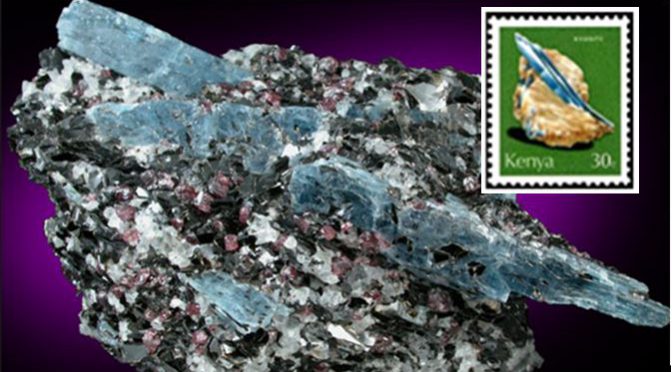Did you ever wonder how many grains of sand were on a beach? Or perhaps the simpler question of how many grains of sand fit into a 20 ml collecting vial like the one in the cover photo? I imagine you probably have not, but I did.
Yearly Archives: 2019
New WCGMC Newsletter
The Wayne Country Gem and Mineral Club has moved into the sand business! Well, I guess you could say we’ve come to the realization that sand grains are minerals and since we collect minerals, well, perhaps we should collect sands. I guess I fell for the “sport” and then for the documentation part, a new newsletter. Below is the opening article introducing the newsletter and our mission. And here is a link to the full newsletter (WCGMC Sand Times Vol. 1, no. 1)
This is the inaugural issue of a newsletter published by the Sand Section of the Wayne County Gem and Mineral Club. In 2019, one of us, Jim Rienhardt, introduced the club to a new aspect of “mineral” collector by sharing a collection of sands and talking about the hobby. A few members took interest and decided to give the hobby a try. The other of us, Fred Haynes, fell for the challenge of collecting and understanding sands hook, line and sinker.
Color of the Year
Each December, The Pantone Color Institute announces its “Color of The Year” for the coming twelve months. Everyone from furniture makers to jewelry designers to car companies, and, I suppose, to mineral dealers, takes notice as they plan their upcoming year products.
The Pantone Color of the year for 2020 is Classic Blue. In making this announcement on December 11th, Pantone describes Classic Blue as “where sky and sea meet” and they suggest that folks who want to sport the 2020 color do so through “accent pieces such as a scarf or a watch strap, or perhaps a vase or candle for your home or office.” This is all well and good, but mineral enthusiasts might want to know what mineral best typifies this choice.
My 2020 Vision
Many people make New Year’s Resolutions. Or perhaps just some people still practice the time old tradition of making personal promises and then breaking them? I am going to forego that doomed-to-fail endeavor this year and replace it with a vision statement. Someone told me Vision Statements are still in vogue. I am going to call it My 2020 Vision and each month (or until I grow tired of the exercise) I will check in to see how well I am maintaining my 2020 Vision.
My 2020 Vision revolves around one word: MORE
Cooking Up Some Bismuth
Lots of folks like minerals. Many of us also like to cook. At the October meeting of the Wayne County Gem and Mineral Club Inga Wells brought native bismuth and her “cooking” equipment and showed us how to cook up some bismuth crystals. Everybody got a close-up look at bismuth stew and then got to take a piece home.
Bismuth (Bi) is a post-transition metal with an atomic number of 83, directly beside lead on the periodic table and below antimony and arsenic. However, unlike arsenic, bismuth is non-toxic and heating to the melting point does not emit dangerous fumes. That said, the silvery-white metal melts at 530⁰ F so you might want to wear gloves and observers should keep at a distance while the crystals grow. Inga told us that stainless steel pots and silverware and a hot plate seem to be the best tools for heating and handling the molten material. It is further recommended that once pots are used with bismuth that they are retired from primary kitchen use! You can also see that Inga wore safety goggles, although not gloves.
Joint Stamp Issues
Winter is approaching and at some point, I will likely rediscover my stamps collection and either acquire some new stamps or improve the organization of those I already own. I certainly do not think I need another idea for a new collection, but if I did I believe I might look at the idea of Joint Issues. I do have a few set aside just in case I change my mind. I’m sure that looking for more might be an interesting thing to do at the next stamp show I attend
One aspect of Joint Issues is the pure variety in the reason countries come together to commemorate events, accomplishments, or cultural topics. Some involve recurring relationships, such as EUROPA, but most are one time commemorations with a singular and unique purpose. A collector could seek global issues, but it is also possible to build quite a collection with United States issues only. Continue reading Joint Stamp Issues
Taconite
In August, the Wayne County Gem and Mineral Club undertook a two-week trip to the Upper Peninsula of Michigan. The trip took us through Marquette, or more specifically the Marquette Iron District, where we spent three nights visiting and collecting. We attended two field trips planned by the Ishpeming Mineral Club, their club show, and also made several trips to Presque Isle Park and other Lake Superior shoreline locations. It was on the first of the club trips that we were introduced to the Iron District and to taconite. We visited the enormous dumps of the Republic Iron Mine, 20 miles west of Marquette. Continue reading Taconite
Virginia Unakite
It was the final day of the Wayne County Gem and Mineral Club’s eight-day trip to Kentucky and beyond. We had spent Labor Day weekend with the Catawba Valley Gem and Mineral Club in central Kentucky collecting calcite, dolomite and a bit of fluorite in two quarries and quartz geodes from a tributary of the Green River. We also had lots of Kentucky brachiopods, Tennessee crinoids and Virginia staurolite packed into just about every available spot in the car. But the trip home from Lexington, Virginia would only take 8 hours, plenty of time to make one quick stop.
Linda Schmidtgall and I decided our final stop would be just 5 miles east of Interstate 81 in Rockbridge County, Virginia. Beard (2017) stated that Little Marys Creek “is one of the best places in Virginia to collect unakite”. We thought we would find out if he was correct.
Arenophilia
I have a confession to make. I have become an arenophile. Fortunately, it is not illegal (unless trespassing while doing it or if you are in Sardinia), and it should not be harmful to my health. I would say it is generally not contagious, but I did catch it this past spring when Jim Rienhardt introduced us to the hobby in the Wayne County Gem and Mineral Club November 2018 newsletter and later at the March meeting. I did not realize I was hooked until this summer. While collecting minerals on club trips to Maine and in Michigan, I looked for sands to collect and proceeded to fill quart freezer bags at a few dozen locations along lakes, rivers, and even from glacial deposits. You see an “arenophile” is a lover of sand. The word is derived from the Latin “arena” (sand) and the Greek ”phil” (love).
July 20th, 1969
It was July 20, 1969. I was 14 years old and visiting/camping at Craters of the Moon National Monument in Idaho with my parents. When we entered the Visitor’s Center a crowd was gathered around a small black and white television set that had been set up on top of the ranger’s desk. The exhibit area across the hall was virtually empty. Everyone was watching two Americans (Neil Armstrong and Buzz Aldrin) conducting experiments and picking up rocks on the moon. The image was blurry on the 14” screen and I was too far away to see much of it, but my thoughts from the day remain intact as the 50th anniversary of that day approaches.
Hamlin State Beach .. and garnet sand
Last March, Jim Rienhardt brought his collection of some 270 sands to the WCGMC meeting and told us about arenophiles (sand collectors) (Reinhardt, 2018). Jim repeated his presentation at the Rochester Academy of Science later that month. At that meeting RAS member Paul Dudley brought along some sand he had collected from Hamlin State Beach some 50 years ago. Paul’s sand was red and dominated by garnet, but full of other heavy minerals. He told us that the sand had been collected during a college field trip late in the spring when Lake Ontario first started to recede from winter highs.
I parked that in my memory and on my calendar and on July 8th set out to find some “garnet” sand for myself. I was not disappointed. The first stop I made was at Area #5 at the west end of Hamlin State Beach. The Lake level seemed to have dropped, perhaps a foot from its highest erosional cut. And in the bank left when the lake level was highest was a 2-3 cm thick band of black and red sand. I sampled and took pictures and moved to other areas of the park.
Barrus Farm Pegmatite
The Barrus Farm pegmatite outside the small hamlet of Lithia, MA has become a regular stop on Wayne County Gem and Mineral Club’s western New England field trip each of the past three years. It is not a large site and the pegmatite there has never been quarried, but it does hold a special place in the world of gemology. It is the type locality for goshenite, which is white beryl. Yale University mineralogist Charles Sheppard identified the Barrus Farm white beryl in 1884 and named it after the town of Goshen about 3 miles east of the location. Continue reading Barrus Farm Pegmatite
WCGMC makes Garnets
We do a lot of different things at WCGMC meetings and on workshop Saturdays. I don’t often document these activities to my blog as I don’t think they would generally interest folks outside the club. But at the June meeting this year we did something a little different and I decided my newsletter note for the July newsletter served to be placed here. You see we made garnets …. well, sort of.
Two Special GemFest Awards
The Wayne County Gem and Mineral Club offered two awards at this year’s annual GemFest in Canandaigua on June 1-2. We held a contest for “guessing” the number of stones in a large glass jar and we also asked all attendees to vote for their favorite exhibit. It was just two more ways visitors to GemFest could get directly involved in the festivities.
Mendeleev’s Creation Revisited
Yes, this is a bit of a repeat article. But I changed it a bit for publication in a stamp newsletter rather than a mineral newsletter and have decided to post again. It is my blog, so I can do that !! You, however, do not need to read it again, or at all.
CCE Outdoor Field Day
For the past several years, I have had the pleasure of attending the Cornell Extension of Seneca County Outdoor Field day in mid-May. I enjoy explaining the science of geology, the role of geologists, and a bit about the three major rock groups and the rock cycle to 6th graders from schools throughout the county.
Cincinnati for Fossils
Several WCGMC fossil enthusiasts joined the Buffalo Geological Society’s annual fossil trip to the Cincinnati area in late April. We thank Jerry Bastedo for organizing yet another fine outing into the Ordovician rocks surrounding the Cincinnati Arch. All told we visited 11 roadcuts in three states during our 4 days in the area. And we found fossils at all of them! Down there they say that if there is rock exposed in a roadcut there will be fossils. From my experiences to date, I firmly believe this statement.
We collected hundreds, perhaps thousands, of the common Ordovician brachiopods and horn corals that seem to be ubiquitous and I added to my collection of Solenapora from the site in Flemingsburg, Kentucky (see April 2019 newsletter), but I’d like to focus on two locations and special finds that folks made at other Kentucky sites.
An Elemental Celebration
Published in May 2018 Wayne County Gem and Mineral Newsletter
Contrary to what you may have thought in high school, the Periodic Table of the Elements was not created to torture high school chemistry students. The idea was simple at first. Aristotle considered a four element table way back in 330 BCE. He identified earth, air, fire and water as the four elemental building blocks. But others since have not been satisfied with his simple approach, and the list grew and with that came complexity.
By the 1700s some 30 elements had been isolated and described and that grew to over 60 by the middle of the 19th century. And it was in the middle of the 19th century that several chemists and inventors working independently began to recognize patterns in those elements and began to organize them into lists and tables. A Russian chemist named Dmitri Mendeleev had the foresight to recognize that the known elements should be organized on their atomic weight and he also set the elements into a two-dimensional grid based on common properties. But it was his observations that the chart needed gaps for elements that had yet to be discovered that set him apart from others. For this insight, Mendeleev is credited as the “father of the Periodic Table”.
Glacial Erratics
Almost anywhere we wander in New York, we are apt to encounter glacial erratics, rocks that were transported to their current locations by the great sheets of ice that covered the state as recently as 10,000 years ago. Typically we just step over, or walk around, these aberrant rocks. That is, unless we trip on them, in which case we curse their existence before we move on. Farmers detest them too, but will use them to build stone walls or cobblestone barns. Once in a while we might notice something interesting in them and stop to smack them with our hammers or mauls. Typically they resist such actions, providing us a reason to detest them even more.
But there are some really famous glacial erratic boulders in the world. Some are famous for their size, others for their location. Perhaps you have a favorite one? I’ve selected a few to highlight.
Spring Collecting
I know it is not yet April as I write this and that I need to be patient. There will be plenty of collecting opportunities in the coming months. Spring is here and with it the snow is just about gone and the collecting season is about to begin in earnest. WCGMC will visit Ace of Diamonds on March 30th and I’ve been out hunting fossils once already.
But I was impatient earlier this week and decided to venture to western Connecticut to follow up on a couple of leads I had uncovered over the winter by searching geologic literature and old maps. I hoped I could find places the club could return to later in the year. I was after kyanite and staurolite or whatever other neat metamorphic minerals I might happen upon, maybe a four-pound garnet? Anyway, one day last week I packed up the chisels, the hammers and the gloves, loaded the backseat with snacks and chocolate and pointed my aging Honda Accord towards the east.
